Aslan Yavuz ŞİR
February 1, 2016
Harut Sassounian, who criticized Doğu Perinçek’s victory against Switzerland in the European Court of Human Right and called for violence against Perinçek, has now targeted Oya Bain, an esteemed member of the Turkish American community. Sassounian’s attitude reveals the disappointment caused by the fact that 2015 did not turn out to be a year as Armenians expected. However, what is worse is the fact that Sassounian’s attitude reveals how violence and racism could manifest itself in radical forms Armenian thought and actions after 2015.
In his latest article titled “Portrait of a Turkish-American Genocide Denialist”,[1] Sassounian, distorting Oya Bain’s words in an interview, [2] makes crude remarks about scholars[3] who gained great respect with their works and therefore, many whom have come under various pressures from Armenians. Up till now, no Armenian or proponents of the Armenian allegations were able to come up with an academic or realistic answer to these scholars. On the contrary, Armenians support people who lean toward the Armenian narrative in academic chairs in the US and various parts, the establishment of which were facilitated by Armenians with millions of dollars of donations and fund transfers. Scholars who do not share the views of Armenians are prevented even from attending scholarly meetings or delivering speeches, not to mention doing scholarly research.[4] Through foundations, “charities”, and institutes, this industry controlled by Armenians throws around millions of dollars to turn genocide allegations into the dominant narrative and to suppress alternate views and scientific knowledge. The Turkish American community’s successful efforts to defend its sensitivities and interests in the US are still very small compared to the efforts of the Armenian industry in the international scale. However, what those like Sassounian fail to understand is fact that the only asset of the Turkish community is the law and the truth, and it is this fact -which they cannot not stand- that infuriates them the most.
It must be born in mind that the terrorist attacks against Turkish diplomats and personnel began 43 years ago, on January 27, 1973, with the assassination of two Turkish diplomats, Consul General Mehmet Baydar and Vice Consul Bahadir Demir. Although this much time has passed, the hatred that fed the people and organizations who assassinated Baydar, Demir, and many more is still alive and maintained by those like Sassounian.
This pathological thought that regards Turkish officials in specific and all Turks in general as fair game still continues today within the radical Armenian way of thought. You could be branded as a “denialist” just for being a Turk, or you could be a name in the “Hall of Shame”[5] for disagreeing with Armenians. You will be prevented from talking. You could be sued, be spat on. You or government officials could be harassed all over the world. As a matter of fact, these radical Armenians do not need any reason; being Turkish or a person seeking the truth is enough of a reason for them. In the eyes of Sassounian, there is no difference between a Turkish diplomat murdered 43 years ago and an activist who strives for the continuation of the Turkish American community. This is the reason why ASALA now openly makes statements,[6] as 2015 did not turn out to be a year as Armenians expected. It is this point of view that caused ASALA to survive and preserve its narrative and organization capacity for all these years. This hatred and tendency to violence is still preserved, and the fact that those like Sassounian are able to speak their mind without shame is the clearest indication of this hatred and tendency.
Armenians, unfortunately, were exposed to the narratives of these racist and hateful people, and took them seriously. Armenians now have a simple, but inevitable choice ahead of them. Either they will be held captive by the racism and antiquated hatred which is survived by people like Sassounian, or they will save their future generations from these extreme narratives and rage. This racism and antiquated hatred survived by those like Sassounian serve nothing other than preserving century-old prejudices and obsessions. Salvation from these extreme narratives and rage will ensure that Turks will be perceived not as “monsters” that need to be fought with and harmed, but as people with a different historical memory. This change of perception, after 100 years, will finally lead Armenians and Turks, who in the past lived side-by-side for centuries, to come together and build a better future for both sides.
[1] Harut Sassounian “Sassounian: Portrait of a Turkish-American Genocide Denialist”, The Armenian Weekly, 28 January 2016, http://armenianweekly.com/2016/01/28/portrait-harut/
[2] "Armenia Is Increasingly Becoming A Russian Puppet: Interview with Oya Bain", History of Truth, http://www.historyoftruth.com/history/interviews/19322-armenia-is-increasingly-becoming-a-russian-puppet
[3] These scholars are: Ed Erickson, Michael Gunter, Guenter Lewy, Tal Buenos, Jeremy Salt, Norman Stone, Christopher Gunn, Maxime Gauin, Pat Walsh.
[4] The cancellation of several conferences and lectures in Australia featuring Justin McCarthy as a result of a campaign by Armenians serves as the latest example of this.
[5] In the Armenian website Armeniapedia, there is a “Hall of Shame”. Not only Turks but also foreign scholars, politicians and authors are found in the list. Being labeled as “denialist”, “anti-Armenian”, “Pan-Turkist” is enough to go into this list. “Hall of shame”, Armeniapedia, http://www.armeniapedia.org/wiki/Armenian_Hall_of_Shame
[6] Tatevik Shahunyan “Armenian Secret Army for the Liberation of Armenia seeks to achieve ‘success’ in Motherland on occasion of its 41st anniversary”, Arminfo.info, http://www.arminfo.info/index.cfm?objectid=3EFEE0B0-BF53-11E5-86C10EB7C0D21663
© 2009-2025 Center for Eurasian Studies (AVİM) All Rights Reserved
No comments yet.
-
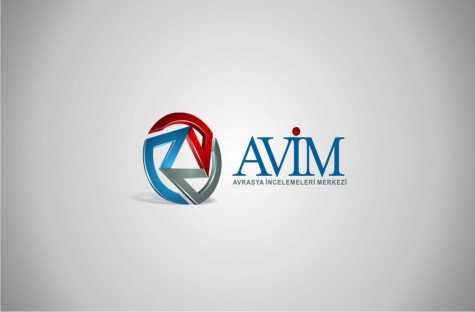 CONCERNING A ROUND TABLE MEETING
CONCERNING A ROUND TABLE MEETING
Aslan Yavuz ŞİR 09.03.2015 -
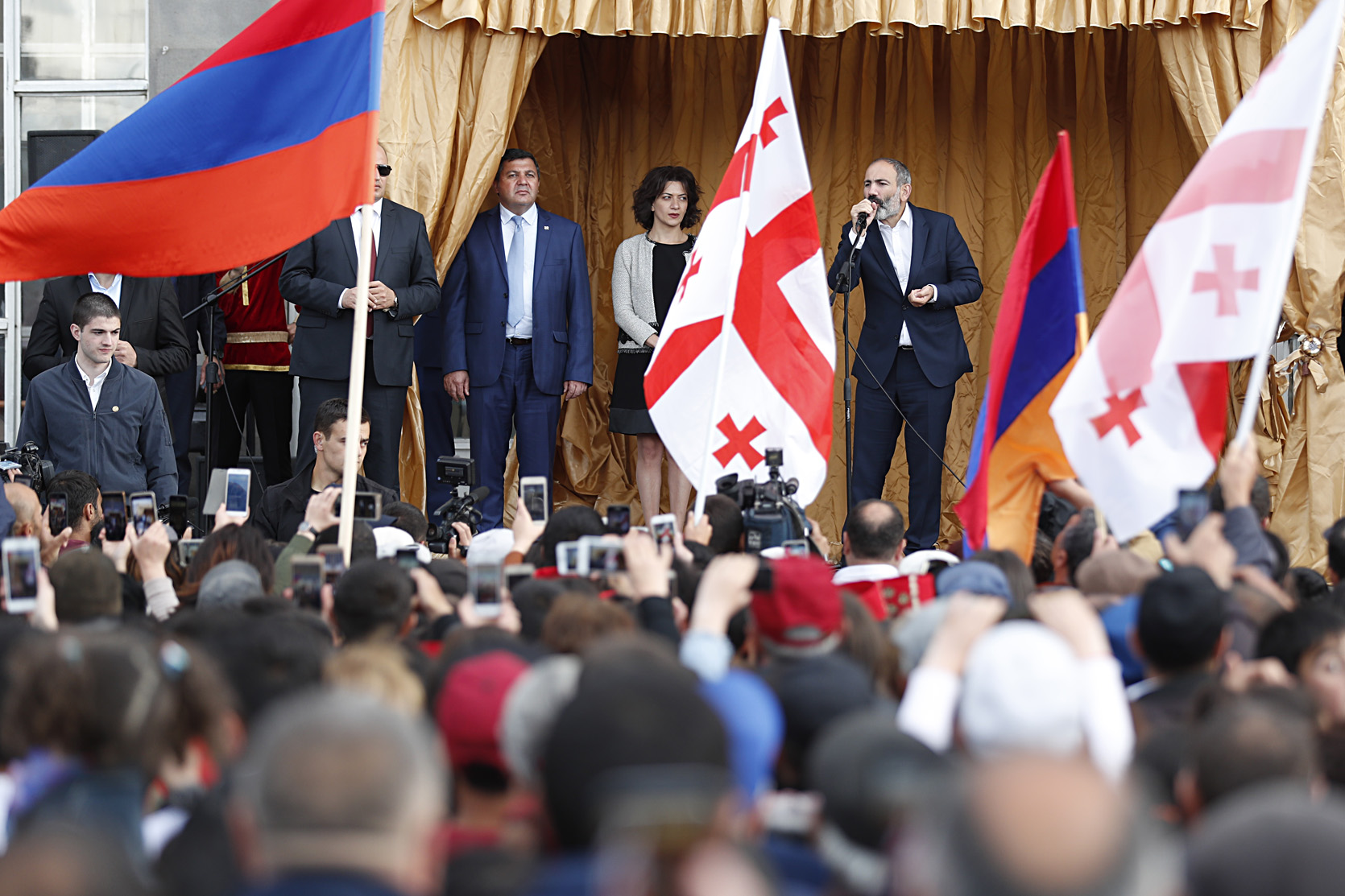 A NEW ERA BETWEEN ARMENIA AND GEORGIA, OR NEW TENSIONS?
A NEW ERA BETWEEN ARMENIA AND GEORGIA, OR NEW TENSIONS?
Aslan Yavuz ŞİR 26.12.2018 -
 “ARMENIA-TURKEY NORMALIZATION PROGRAM” AND A GENERAL LOOK AT TRACK-TWO DIPLOMACY EFFORTS
“ARMENIA-TURKEY NORMALIZATION PROGRAM” AND A GENERAL LOOK AT TRACK-TWO DIPLOMACY EFFORTS
Aslan Yavuz ŞİR 29.05.2017 -
 ECHR’S DOĞU PERINÇEK DECISION REGARDING THE ARTICLE 10 OF THE EUROPEAN CONVENTION FOR HUMAN RIGHTS
ECHR’S DOĞU PERINÇEK DECISION REGARDING THE ARTICLE 10 OF THE EUROPEAN CONVENTION FOR HUMAN RIGHTS
Aslan Yavuz ŞİR 19.12.2013 -
DIASPORA ARMENIANS AND THEIR INITIATIVES FOR COMPENSATION: THE REFLECTIONS OF THE MOVSESIAN CASE
Aslan Yavuz ŞİR 27.02.2012
-
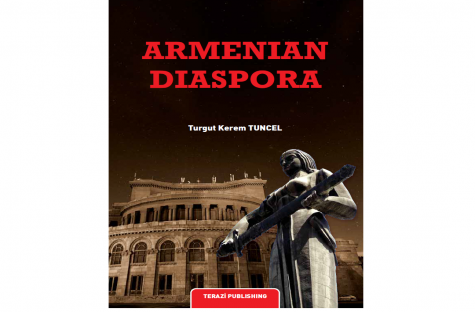 A NEW PUBLICATION BY AVIM: ARMENIAN DIASPORA
A NEW PUBLICATION BY AVIM: ARMENIAN DIASPORA
AVİM 07.01.2015 -
 APRIL 30, 2015 SYMPOSIUM ON "PROSPECTS OF TURKISH-ARMENIAN RELATIONS", OPENING SPEECH AND CLOSING REMARKS
APRIL 30, 2015 SYMPOSIUM ON "PROSPECTS OF TURKISH-ARMENIAN RELATIONS", OPENING SPEECH AND CLOSING REMARKS
AVİM 03.05.2015 -
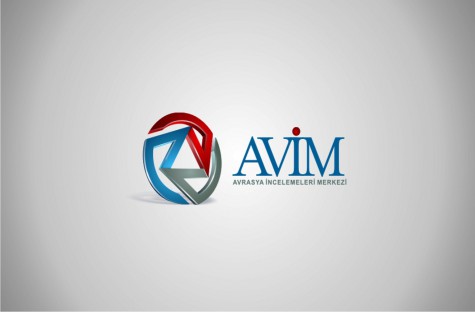 FREEDOM OF SPEECH IS NOT TO BE SELECTIVE
FREEDOM OF SPEECH IS NOT TO BE SELECTIVE
mot1985 07.01.2015 -
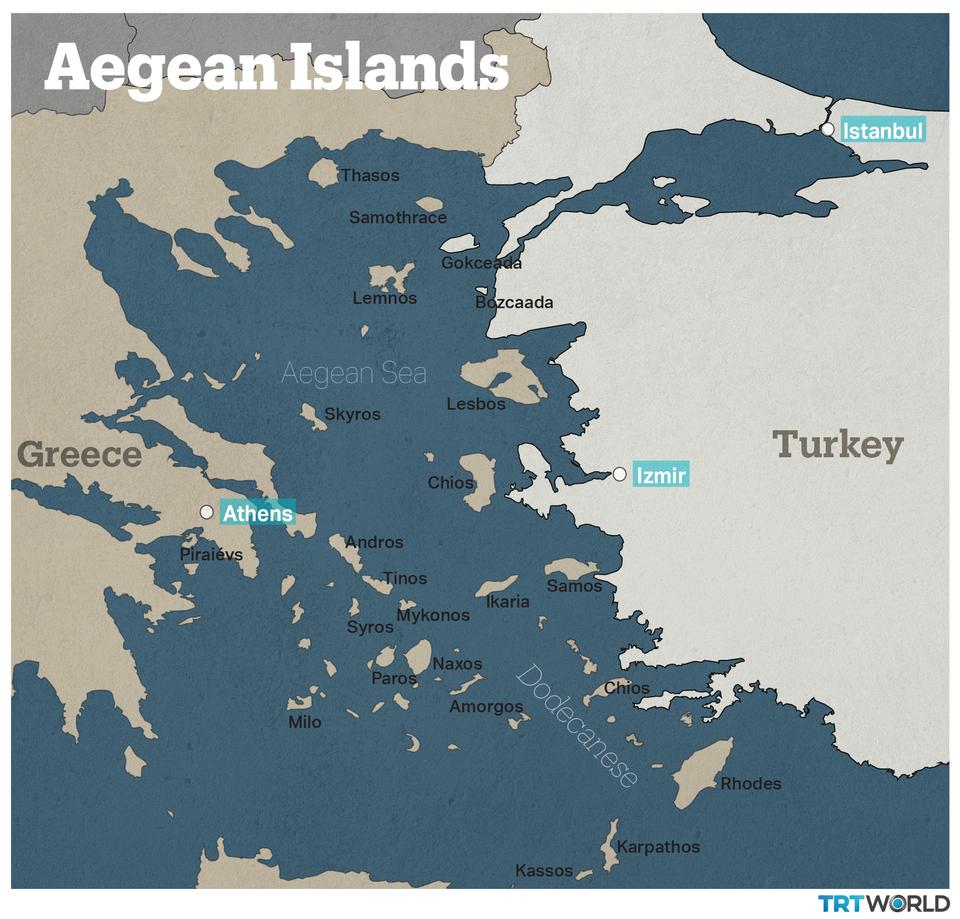 RUSSIA’S REACTION AGAINST GREECE'S HOSTILE BEHAVIORS AND VIOLATIONS OF THE DEMILITARIZATION PROVISIONS OF THE 1947 PARIS TREATY
RUSSIA’S REACTION AGAINST GREECE'S HOSTILE BEHAVIORS AND VIOLATIONS OF THE DEMILITARIZATION PROVISIONS OF THE 1947 PARIS TREATY
Teoman Ertuğrul TULUN 29.12.2022 -
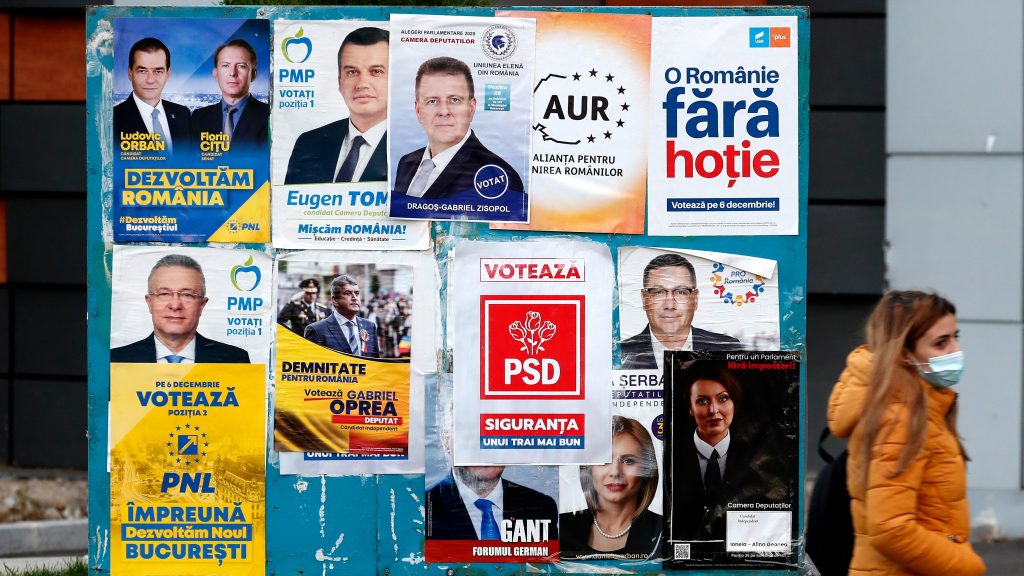 THE DECEMBER 2020 LEGISLATIVE ELECTIONS AND THE NEW COALITION GOVERNMENT IN ROMANIA
THE DECEMBER 2020 LEGISLATIVE ELECTIONS AND THE NEW COALITION GOVERNMENT IN ROMANIA
Turgut Kerem TUNCEL 05.01.2021
-
25.01.2016
THE ARMENIAN QUESTION - BASIC KNOWLEDGE AND DOCUMENTATION -
12.06.2024
THE TRUTH WILL OUT -
27.03.2023
RADİKAL ERMENİ UNSURLARCA GERÇEKLEŞTİRİLEN MEZALİMLER VE VANDALİZM -
17.03.2023
PATRIOTISM PERVERTED -
23.02.2023
MEN ARE LIKE THAT -
03.02.2023
BAKÜ-TİFLİS-CEYHAN BORU HATTININ YAŞANAN TARİHİ -
16.12.2022
INTERNATIONAL SCHOLARS ON THE EVENTS OF 1915 -
07.12.2022
FAKE PHOTOS AND THE ARMENIAN PROPAGANDA -
07.12.2022
ERMENİ PROPAGANDASI VE SAHTE RESİMLER -
01.01.2022
A Letter From Japan - Strategically Mum: The Silence of the Armenians -
01.01.2022
Japonya'dan Bir Mektup - Stratejik Suskunluk: Ermenilerin Sessizliği -
03.06.2020
Anastas Mikoyan: Confessions of an Armenian Bolshevik -
08.04.2020
Sovyet Sonrası Ukrayna’da Devlet, Toplum ve Siyaset - Değişen Dinamikler, Dönüşen Kimlikler -
12.06.2018
Ermeni Sorunuyla İlgili İngiliz Belgeleri (1912-1923) - British Documents on Armenian Question (1912-1923) -
02.12.2016
Turkish-Russian Academics: A Historical Study on the Caucasus -
01.07.2016
Gürcistan'daki Müslüman Topluluklar: Azınlık Hakları, Kimlik, Siyaset -
10.03.2016
Armenian Diaspora: Diaspora, State and the Imagination of the Republic of Armenia -
24.01.2016
ERMENİ SORUNU - TEMEL BİLGİ VE BELGELER (2. BASKI)
-
AVİM Conference Hall 24.01.2023
CONFERENCE TITLED “HUNGARY’S PERSPECTIVES ON THE TURKIC WORLD"









